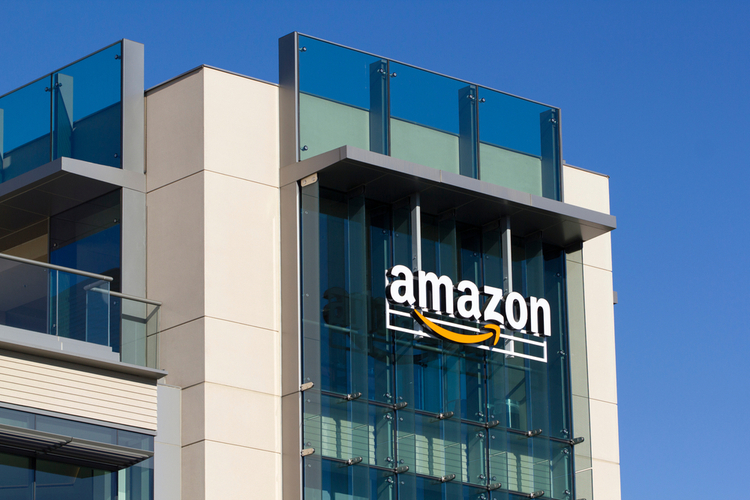
Photo Credit: shutterstock
Within the digital marketing industry, there’s an interesting little hypothesis about the future of advertising that has been percolating for some time. The hypothesis, simply stated, goes something like this: traditional advertisers are no longer happy with the performance of traditional media (TV, print, radio, billboards), and are desperately looking for other alternatives – such as social media – where they can more effectively deploy their marketing dollars.
Problems with the current advertising model
Advertisers love the sheer size of TV audiences, for example, but it’s always been difficult to judge how TV ads really perform (and not just how many eyeballs see them). And, with so many people “cutting the cord” and spending all their free time on alternative media platforms (not just social media, but also gaming platforms such as Amazon’s Twitch), the fact is that we’re fast approaching a time when the entire advertising industry goes digital.
This hypothesis about the end of traditional advertising (and especially TV advertising) got an additional boost at the beginning of 2019 with cryptic remarks from a top consumer goods company about “a world without ads” delivered at the Consumer Electronics Show (CES) in Las Vegas. What? No more ads? What’s going on here? Have advertisers now given up on digital platforms such as social media as well?
The new post-ad world
One way to interpret those remarks about “a world without ads” is that ads will still exist, but that they will look far different from how they look today. Let’s face it, if you’re watching Netflix movies or shows instead of traditional TV shows, you’re not watching advertisements. And, if you see a banner ad on the Internet, you’re probably doing everything in your power to avoid looking at it (perhaps even going so far as to block ads entirely by using a browser plug-in). At the end of the day – and I know this is going to be very unpleasant for “Mad Men” ad execs to accept – people hate ads. They hate viewing them, and will do everything in their power to skip, block or delete them.
Amazon as a potential advertising behemoth
Given this context, is there any company that could stand to benefit from this post-ad world? One potential winner here might be Amazon. Think about it for a moment – the company has one of the largest e-commerce platforms in the world, making it a perfect place for brands to hang out and attract new customers. Amazon has also invested very heavily in data analytics and artificial intelligence, giving it unparalleled ability to come up with remarkably efficient selling models (“if you like this, you might like this…”) that can be tailor-made for specific demographic groups (i.e. men between the ages of 30-35 from the state of Pennsylvania who love to watch football and who have recently purchased an Eagles team jersey online). With the creation of products like the Amazon Echo (powered by Alexa), Amazon has a way to get inside the home of every single American.
And here’s the thing that makes Amazon really attractive – the company is quickly developing its own massive inventory of video-on-demand assets (perfect for ads!) in the form of Amazon Prime Video. Have you noticed how much attention Amazon is giving to new “original shows” premiering on Amazon Prime Video, and only available via Amazon? That opens up entirely new advertising possibilities. Imagine, for example, watching “Tom Clancy’s Jack Ryan” on Amazon Prime Video and getting a pop-up message asking something like, “Would you like to wear the same cool shirt as Jack Ryan is wearing right now? If so, click yes to buy on Amazon.” (Or, even better, “Just speak a voice command to Alexa, and she’ll order it for you.”)
See? That’s an ad, but not really an ad. You can almost think of Amazon Prime Video as a Trojan horse for taking over the TV advertising industry. Imagine what would happen if Amazon were to gain just a tiny, tiny sliver of the traditional $70 billion TV advertising market. Amazon is already No. 3 in the world in terms of digital ad revenues, so this is not entirely out of the question. If Amazon could really figure out how to upend the $70 billion TV ad market, then that would have profound implications for brands, advertisers and marketers.